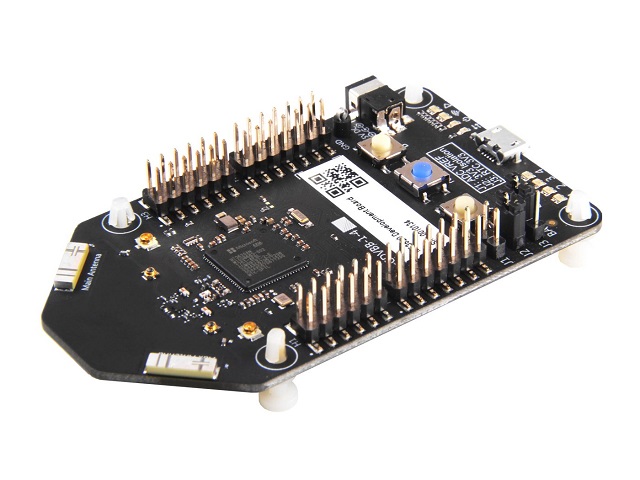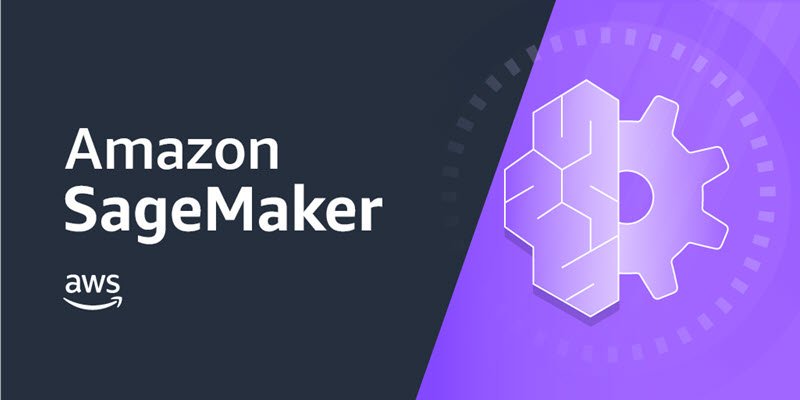Re:Invent 2018 – Day 3: Keynote Time
Andy Jassy has finished presenting the 7th Annual AWS Re:Invent keynote and he didn’t disappoint. Like in years past, their are a bunch of new product announcements such as:
- Amazon FSx for Windows File Server
- Amazon FSx for Lustre
- Amazon DynamoDB On-Demand
- Amazon Elastic Inference
- SageMaker Ground Truth
- SageMaker RL
- AWS DeepRace
- Amazon Personalize
- Amazon Forecast
Amazon FSx for Windows File Server
Amazon FSx for Windows File Server fits all of these needs, and more.… [Keep reading] “Re:Invent 2018 – Day 3: Keynote Time”


